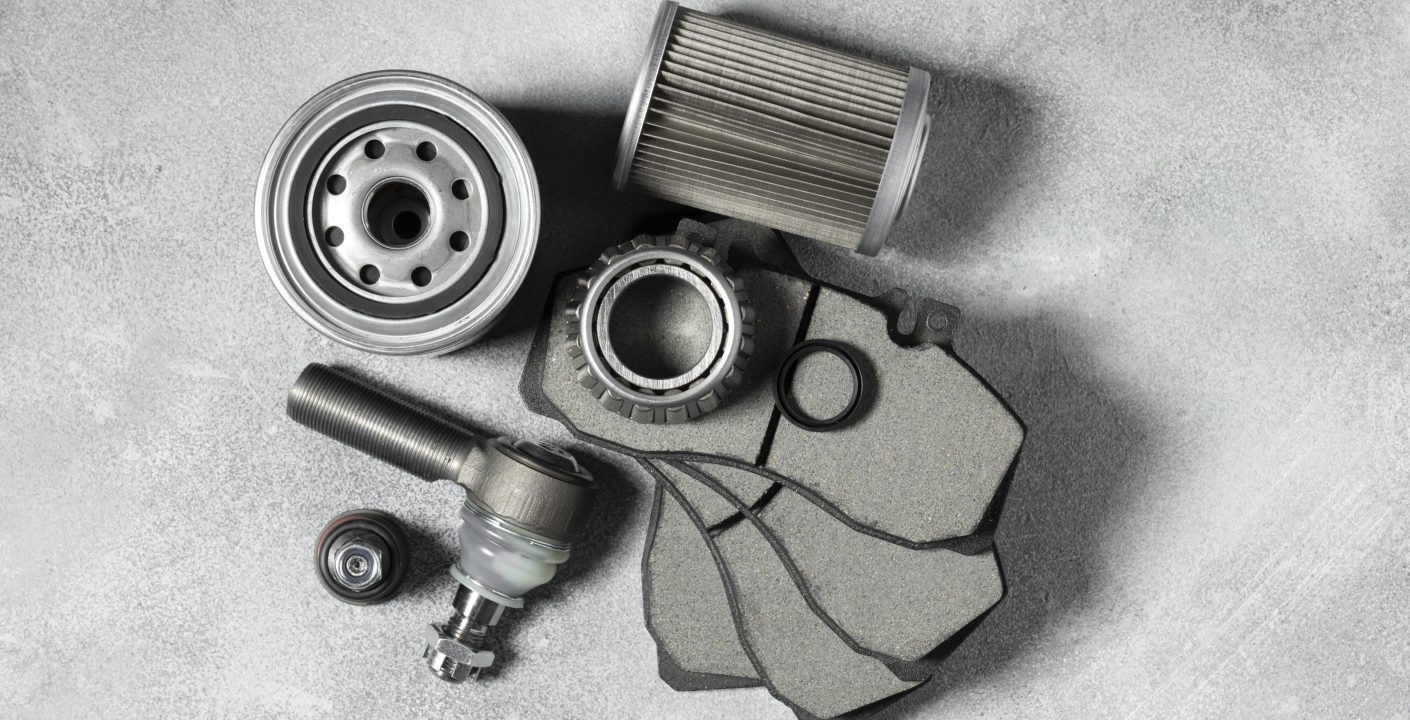Your car’s drive belt, also known as the serpentine belt, plays a critical role in powering essential components such as the alternator, power steering pump, air conditioning compressor, and sometimes the water pump. Proper maintenance of the drive belt ensures that your vehicle runs smoothly and prevents unexpected breakdowns. In this blog post, we’ll cover everything you need to know to properly maintain your car’s drive belt.
Understanding the Importance of the Drive Belt
The drive belt connects various engine components, transferring power from the engine’s crankshaft to operate accessories. A worn or broken belt can lead to the failure of multiple systems, causing significant inconvenience and expensive repairs. Regular inspections and maintenance can help avoid these issues.
Signs of a Worn Drive Belt
Identifying problems early can save you from costly repairs. Here are common signs that your drive belt may need attention:
- Squealing or Chirping Noises: Unusual noises from the engine bay can indicate a loose or misaligned belt.
- Cracks, Fraying, or Glazing: Visible wear and tear on the belt surface is a clear sign of deterioration.
- Loss of Power to Accessories: Dim lights, power steering issues, or malfunctioning AC may indicate a slipping or broken belt.
- Vibration or Slapping Sounds: A belt that has stretched or is misaligned may cause noticeable car vibrations.
Drive Belt Maintenance Tips
To keep your drive belt in top condition, follow these essential maintenance steps:
1. Regular Inspections
- Check the belt at least every 10,000 miles or during routine oil changes.
- Look for cracks, fraying, or shiny spots on the belt’s surface.
- Inspect the tension and alignment of the belt.
2. Maintain Proper Tension
- A belt that is too loose can slip, while one that is too tight can cause excessive wear on pulleys and components.
- Modern vehicles often have automatic belt tensioners, but older models may require manual adjustment. Refer to your vehicle’s manual for proper tension specifications.
3. Clean the Pulleys
- Dirt and debris can cause belt slippage and wear.
- Use a clean cloth and appropriate cleaner to remove grime from the pulleys.
4. Replace the Belt When Necessary
- Most drive belts last between 60,000 to 100,000 miles, but this can vary based on driving conditions and vehicle type.
- Replace the belt if you notice any significant wear or if it reaches the manufacturer’s recommended mileage limit.
5. Check the Belt Routing
- Ensure that the belt is routed correctly around the pulleys. Incorrect routing can lead to improper tension and system failure.
6. Pay Attention to the Tensioner and Idler Pulley
- Inspect the belt tensioner and idler pulley for wear or damage.
- Replace these components if they show signs of wear, as they are critical for maintaining proper belt tension.
How to Replace a Drive Belt
If you need to replace your drive belt, follow these general steps:
- Locate the Belt Diagram: Refer to the diagram under the hood or in the owner’s manual.
- Release Tension: Use a wrench or belt tensioner tool to release tension from the belt.
- Remove the Old Belt: Carefully slide the belt off the pulleys.
- Install the New Belt: Follow the belt diagram to route the new belt correctly.
- Reapply Tension: Ensure the belt is properly seated and apply tension using the tensioner.
- Inspect and Test: Start the engine and observe the belt to ensure it is running smoothly.
Proper maintenance of your car’s drive belt is essential for the smooth operation of key vehicle components. Regular inspections, timely replacements, and keeping an eye out for signs of wear can help you avoid breakdowns and costly repairs. Stay proactive, and your car will reward you with reliable performance for years to come.



